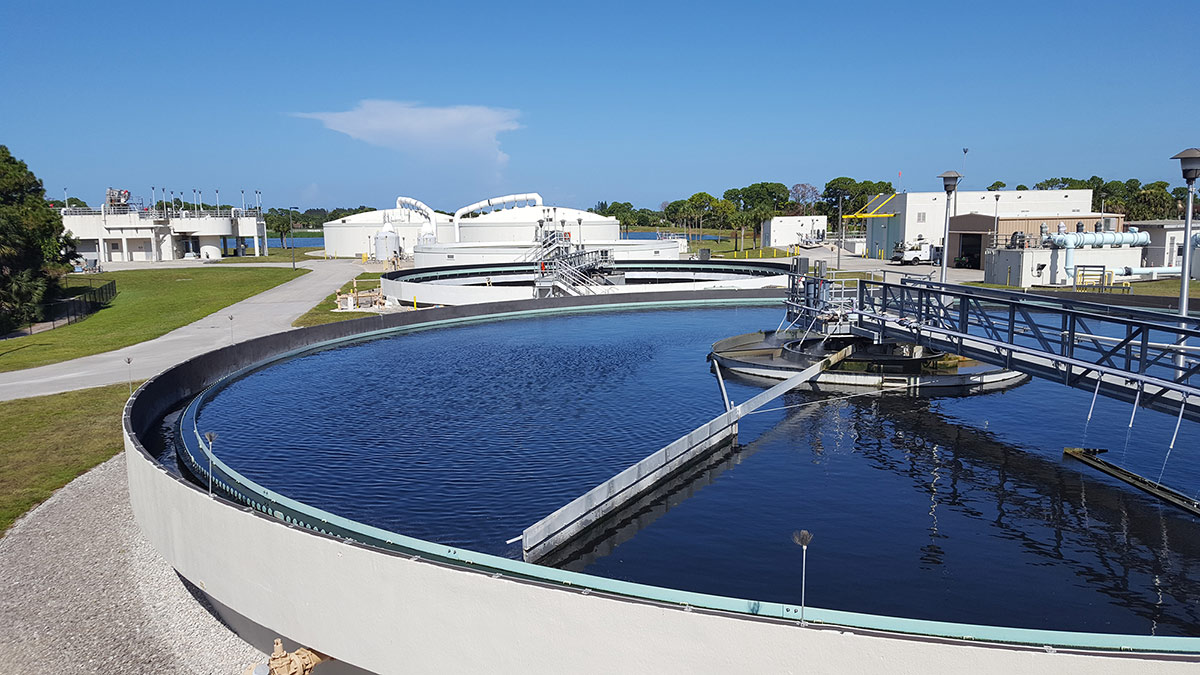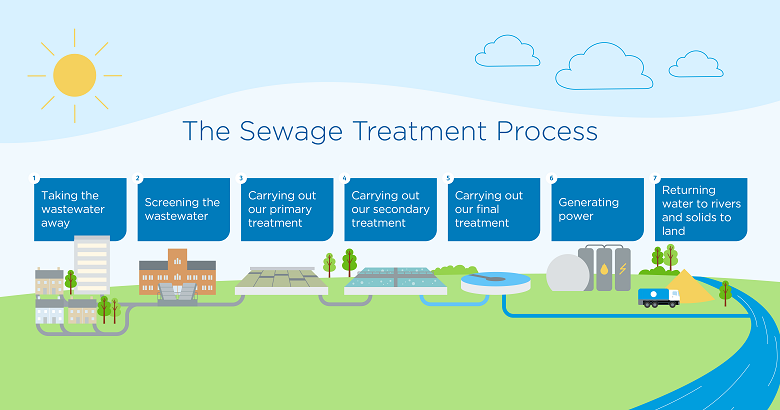The Relevance of Chemical Processes in Waste Water Treatment
The Relevance of Chemical Processes in Waste Water Treatment
Blog Article
Strategic Approaches to Enhance Waste Water Therapy Efficiency and Lessen Environmental Effect
In the world of drainage therapy, the mission for improved performance and reduced environmental effect is a perpetual obstacle that requires critical solutions. As society grapples with the essential to handle water resources sustainably, a nuanced approach becomes necessary. The combination of innovative therapy modern technologies, energy-efficient procedures, resource healing strategies, enhanced nutrient removal strategies, and clever monitoring and control systems stands for a multifaceted framework for dealing with these pressing issues. Nevertheless, what lies at the core of this complex internet of approaches is the possible to change the means we approach waste water treatment, not equally as a procedure of disposal, however as a useful chance for development and environmental stewardship.
Advanced Treatment Technologies
Sophisticated membrane layer purification systems have actually transformed sophisticated wastewater treatment procedures, substantially enhancing the elimination of contaminants. These cutting-edge systems operate forcibly water through a semi-permeable membrane layer, effectively separating contaminations from the water stream. The membrane's microscopic pores catch toxins such as bacteria, viruses, and put on hold solids, permitting only cleansed water to pass through. This innovation has actually shown to be extremely reliable in removing a large range of impurities, consisting of pharmaceuticals, heavy metals, and natural substances, which are frequently challenging to remove via traditional treatment techniques.
In addition, membrane layer filtering systems use countless benefits over traditional therapy techniques. In addition, these systems are very functional and can be conveniently incorporated right into existing therapy plants or used as standalone systems for decentralized applications.
Energy-Efficient Procedures
The combination of energy-efficient procedures in wastewater therapy systems is critical for maximizing resource application and minimizing functional expenses. By implementing energy-efficient innovations, treatment plants can significantly reduce their carbon impact and overall ecological impact. One vital technique to enhancing power efficiency in wastewater therapy is the usage of innovative aeration systems, such as great bubble diffusers or surface aerators, which can improve oxygen transfer efficiency and lower power intake. In addition, incorporating energy healing systems, like anaerobic food digestion for biogas manufacturing or utilizing excess warm for thermal procedures, can help balance out power requirements and promote sustainability.
Moreover, maximizing procedure control and automation through using sophisticated sensors and checking systems can enhance overall energy efficiency by changing operations in real-time based on actual demand and problems. Implementing power audits and routinely keeping track of energy performance indicators are vital methods to determine locations for renovation and track energy-saving campaigns effectively. In general, the fostering of energy-efficient procedures in wastewater treatment not just profits the atmosphere however also adds to lasting price savings and operational sustainability.
Source Recuperation Methods
With a concentrate on enhancing resource utilization and sustainability in wastewater treatment systems, the implementation of source recovery techniques emerges as a pivotal facet in improving operational efficiency. Source healing methods in wastewater treatment entail the recognition and extraction of beneficial sources from the waste stream, thus transforming what was when thought about waste right into a useful asset. By implementing source healing strategies such as nutrient removal and recovery, power generation from organic issue, and the production of multiple-use water, wastewater treatment plants can decrease environmental influence while taking full advantage of efficiency.

Boosted Nutrient Elimination Methods
Carrying out sophisticated nutrient removal techniques is important for optimizing the efficiency of wastewater treatment systems. Enhanced nutrient removal plays a crucial duty in decreasing the ecological effect of treated effluent released right into water bodies. One of the essential techniques made use of for boosted nutrient elimination is the procedure of biological nutrient elimination (BNR), which entails the elimination of nitrogen and phosphorus via organic procedures. This can be achieved with making use of specialized microbes that can transform nitrogen compounds right into inert nitrogen gas through denitrification, and gather phosphorus within their cells with a procedure called improved biological phosphorus elimination (EBPR)

In enhancement to BNR, progressed therapy approaches such as membrane layer bioreactors (MBRs) and constructed wetlands can additionally be utilized to improve nutrient removal effectiveness. By integrating these sophisticated nutrient removal methods into wastewater treatment systems, municipalities and click to find out more sectors can successfully minimize nutrient air pollution and shield the setting.
Smart Tracking and Control Solution
Making use of advanced modern technology, the assimilation of wise tracking and control systems changes the operational efficiency of wastewater therapy centers. These systems integrate sophisticated sensors and information analytics to constantly monitor vital specifications such as pH levels, turbidity, liquified oxygen, and flow prices in real-time. By gathering and evaluating this information, operators can gain beneficial understandings into the efficiency of the treatment procedures, enabling aggressive modifications to optimize therapy efficiency.
Smart surveillance and control systems likewise sustain remote tracking capabilities, permitting operators to accessibility real-time information and control features from off-site places. This remote ease of access boosts functional adaptability and responsiveness, allowing speedy interventions in instance of system malfunctions or changes in influent top quality. The predictive maintenance capacities of these systems help stop tools failings and reduce downtime, inevitably boosting the overall dependability of wastewater therapy procedures.
Verdict
Finally, critical strategies such as advanced treatment innovations, energy-efficient procedures, resource recovery methods, boosted nutrient removal methods, and smart monitoring and control systems play a critical role in enhancing wastewater treatment effectiveness and lessening ecological influence. By applying these strategies, wastewater therapy plants can boost their total performance, reduce energy consumption, recover important resources, and make sure over here conformity with ecological guidelines. These techniques are essential for sustainable and efficient wastewater administration methods.

In verdict, tactical strategies such as sophisticated treatment modern technologies, energy-efficient processes, resource recuperation approaches, improved nutrient elimination methods, and smart tracking and control systems play an essential duty in enhancing wastewater therapy performance and reducing ecological influence.
Report this page